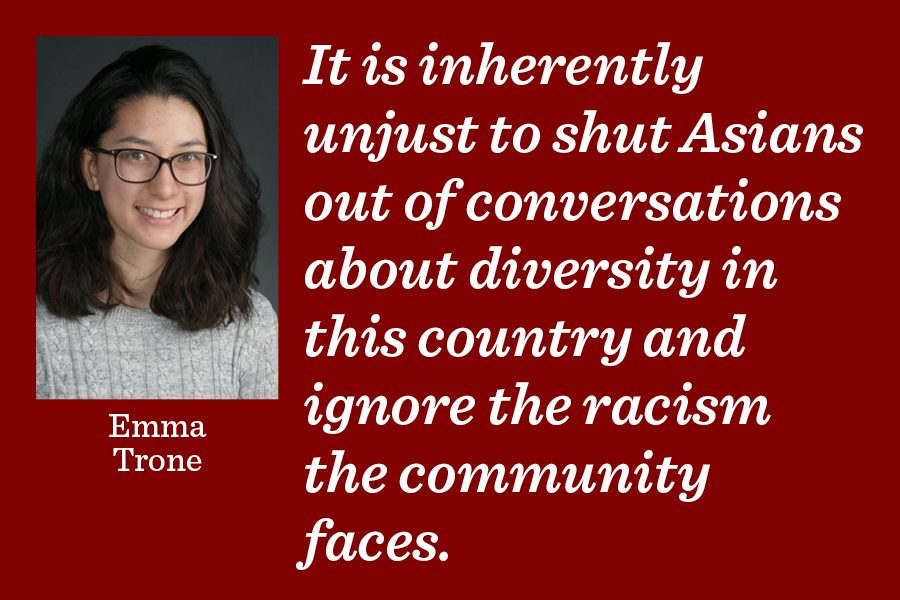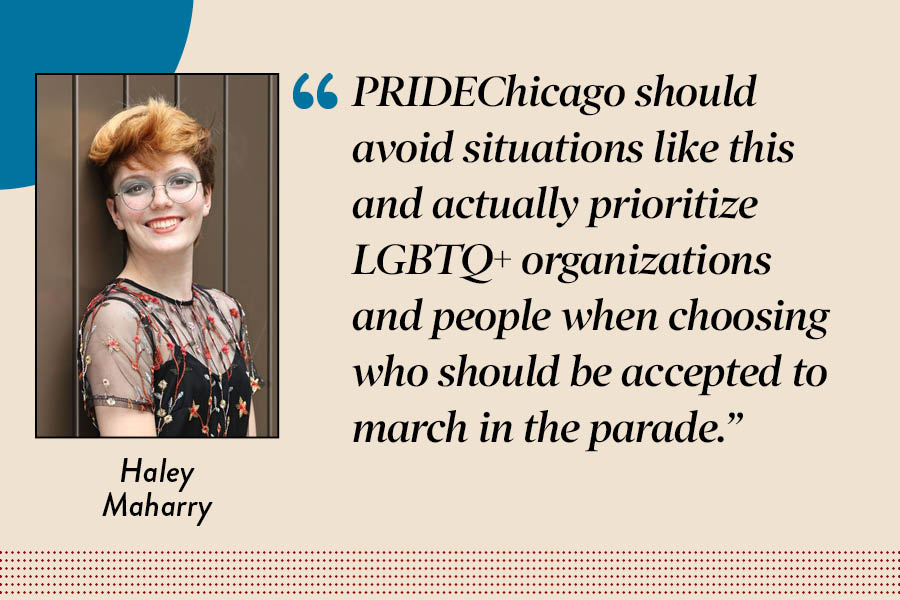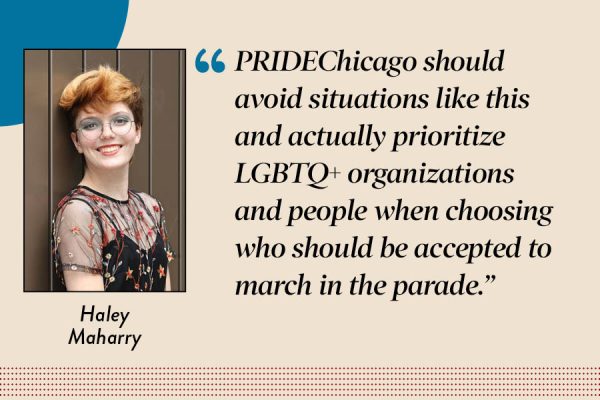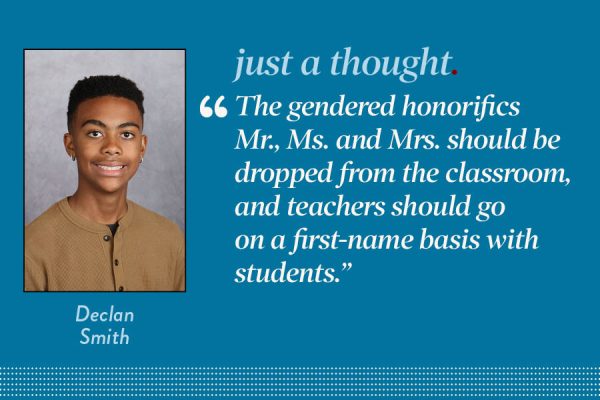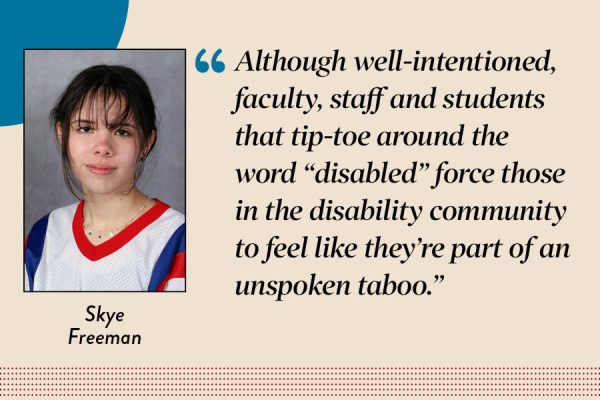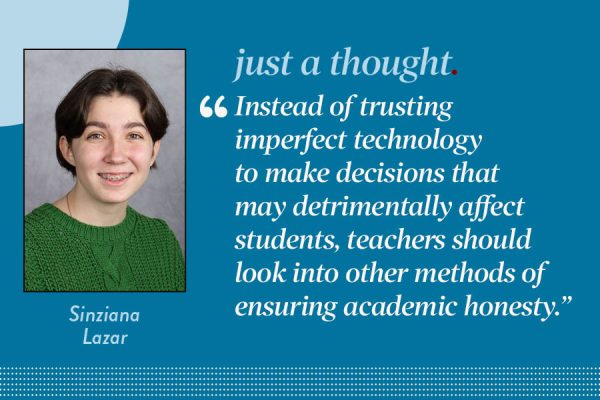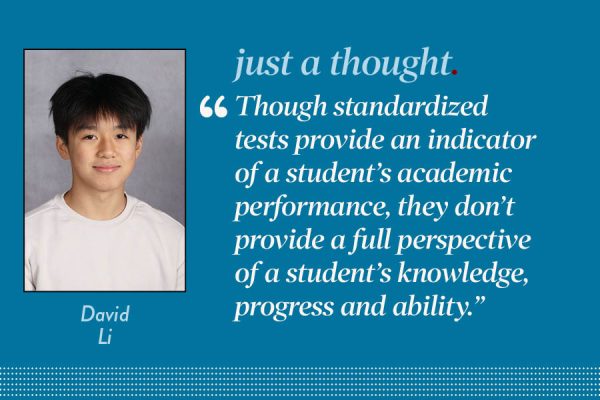Asian-Americans deserve to feel empowered, too
December 14, 2017
I found myself surrounded by 1,600 students, waiting in hopeful anticipation at the opening ceremony the Student Diversity Leadership Conference in Anaheim, California. After I had been selected last June to attend with a delegation of five other Lab students, I had been told this conference would change my life. We had been told by those standing before us on the podium, that SDLC was a space for support, self-love and empowerment.
But as one of the Asian-American SDLC board members made remarks to the crowd of attendees, and acknowledged that, “We, as minorities, have so much we can do within our schools,” I heard a sharp whisper behind me.
“What does she mean, we?” the voice quipped.
That painful comment began a three-day experience that was more confusing than empowering, and more isolating than supportive.
Stereotypes were explained through the lens that “Asians are smart” was a “good stereotype,” rather than an assumption that leads Asian students to receive less support from teachers and school systems. The refrain of “black and brown” as beautiful and strong was used as an empowering cry by facilitators and students alike, while students who are people of color but don’t fit under that umbrella sat quietly, happy for their friends who felt embraced, loved and empowered, but still waiting to feel that themselves.
I know that for me, as the daughter of a Chinese immigrant, that moment never came.
Racial diversity is not binary. Asians in America cannot, and should not, be seen merely as allies rather than people of color in discussions surrounding diversity, equity and justice both in schools or in this country.
The Asian community has a longstanding, reprehensible problem about anti-blackness and colorism, and that bias is difficult to accept when attempting unity with those who are considered “black and brown.” It is also unquestionable that some of the power structures that lead to the oppression of other minorities, such as anti-black racism, have deeper and more pervasive roots than anti-Asian racism.
But casting Asians out of the person-of-color label, and consequently out of the discussion of what it means for a school or an institution to be truly diverse, ignores that Asians in America are not and have never been considered white, nor have they ever reaped the benefits of white privilege.
From the moment people from across Asia began to immigrate to the United States, they have never escaped the perception of perpetual foreignness even after generations in this country. From working on the railroad in California during the gold rush to the present fear of globalization, Asians have been portrayed politically as a malevolent force, hellbent on destroying the American economy and the lives of working, white Americans. Violent, murderous attacks on Asian-Americans, from the murder of Vincent Chin by laid-off Detroit autoworkers in 1982, to Srinivas Kuchibhotla in a Kansas restaurant just this year, are driven by economic fear that has also created housing discrimination and the model minority myth that plagues Asian communities in America.
Asians have faced and continue to face serious, systematic oppression that stems from the same sources as other racialized oppression: white supremacy and xenophobia. And while the Asian community needs to work on becoming better allies to other communities of color, it is inherently unjust to shut Asians out of conversations about diversity in this country and ignore the racism the community faces.
We are minorities, and we are people of color.
We deserve to be heard, and we deserve to feel supported, loved and empowered.



